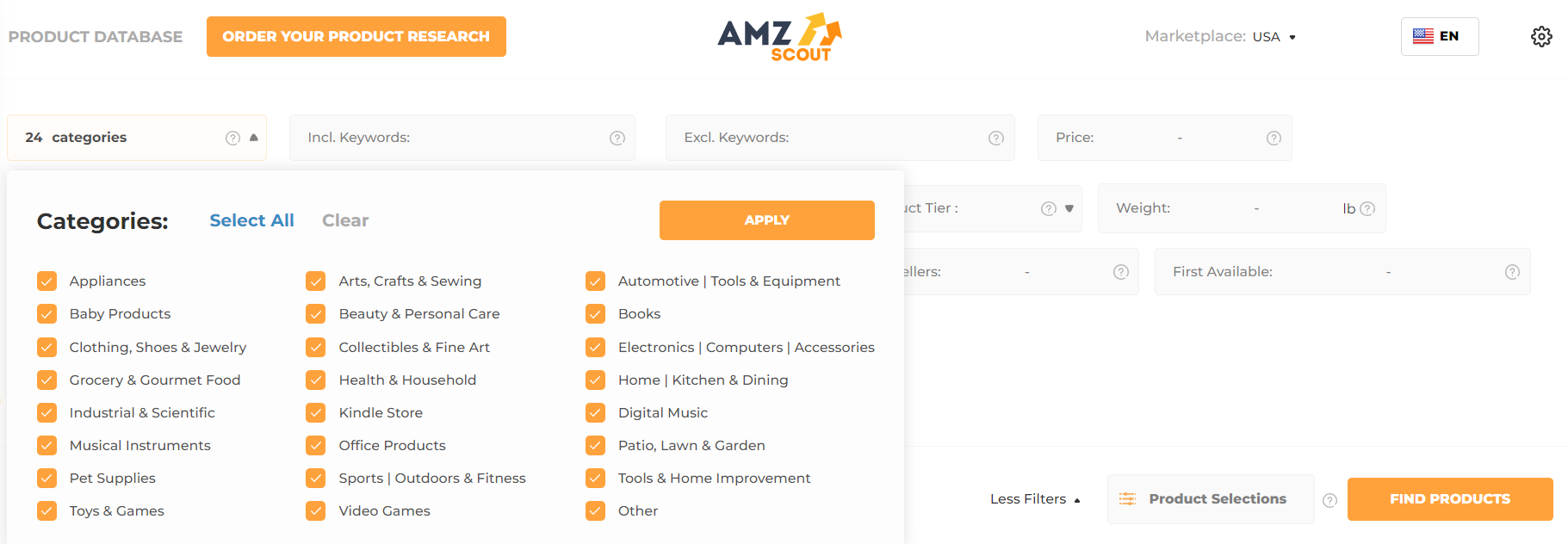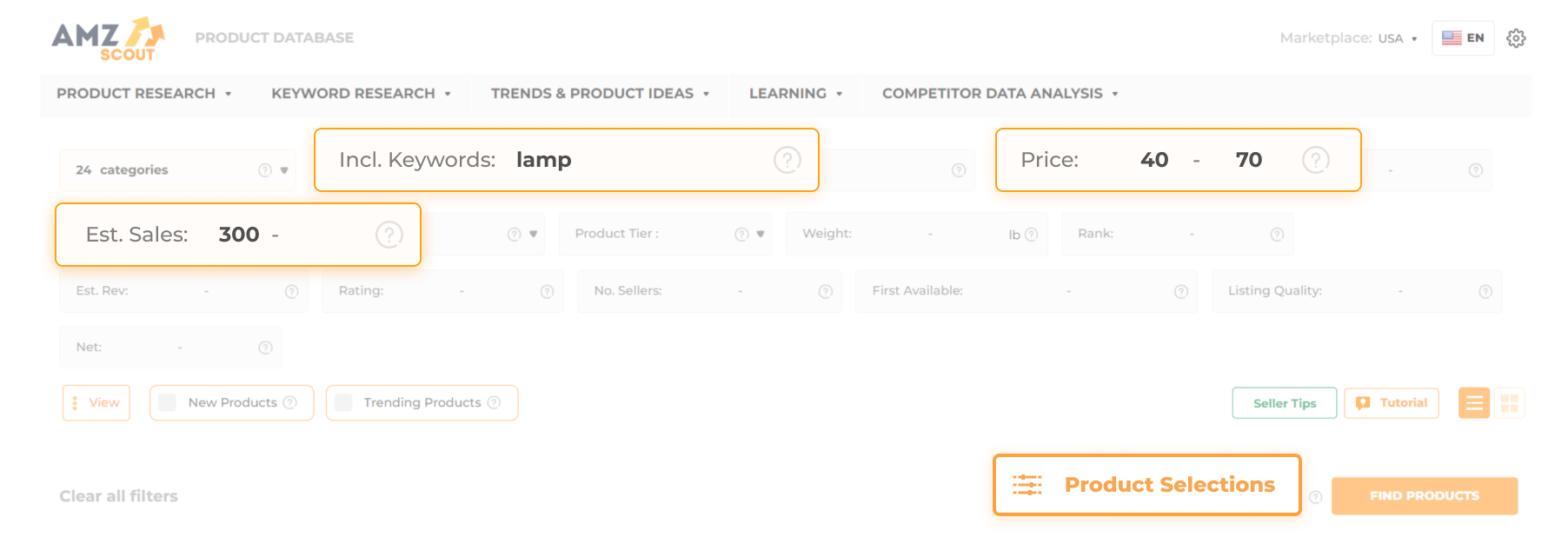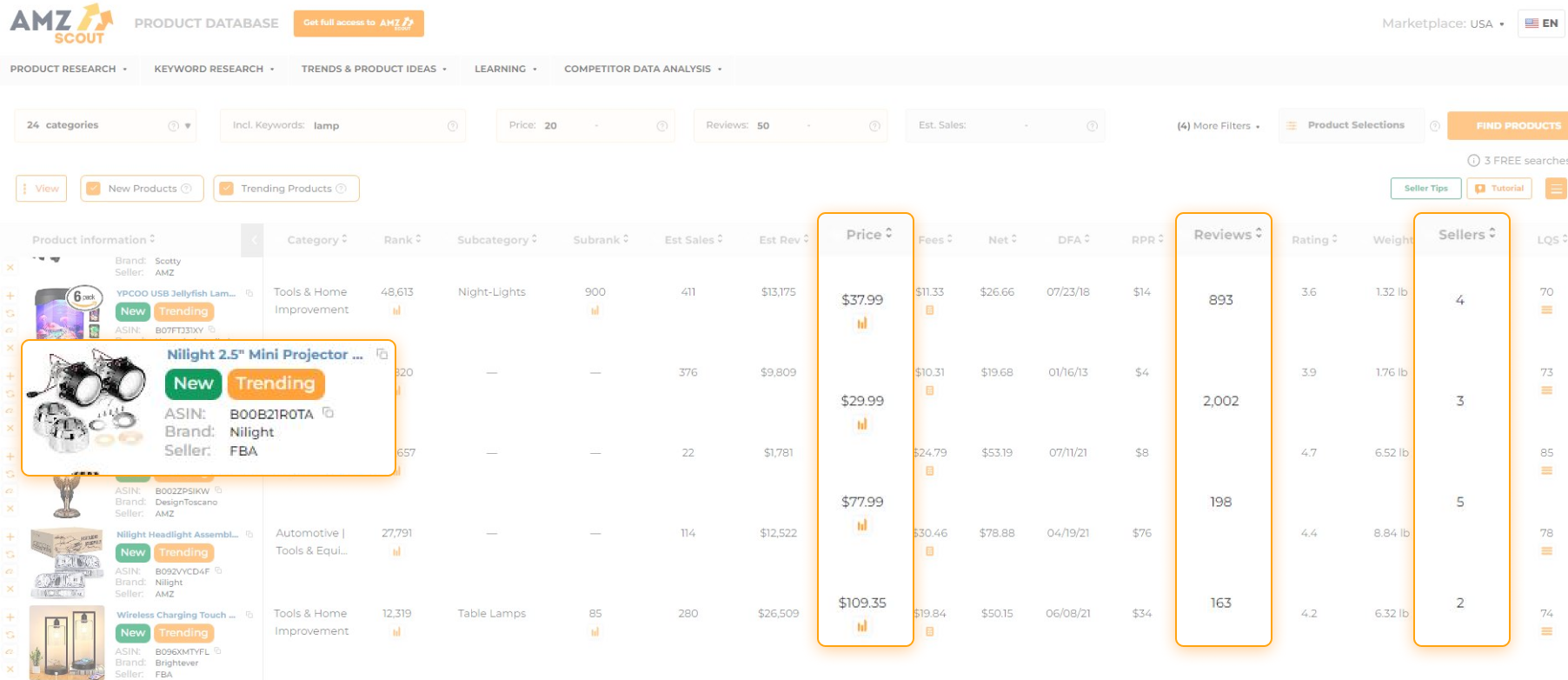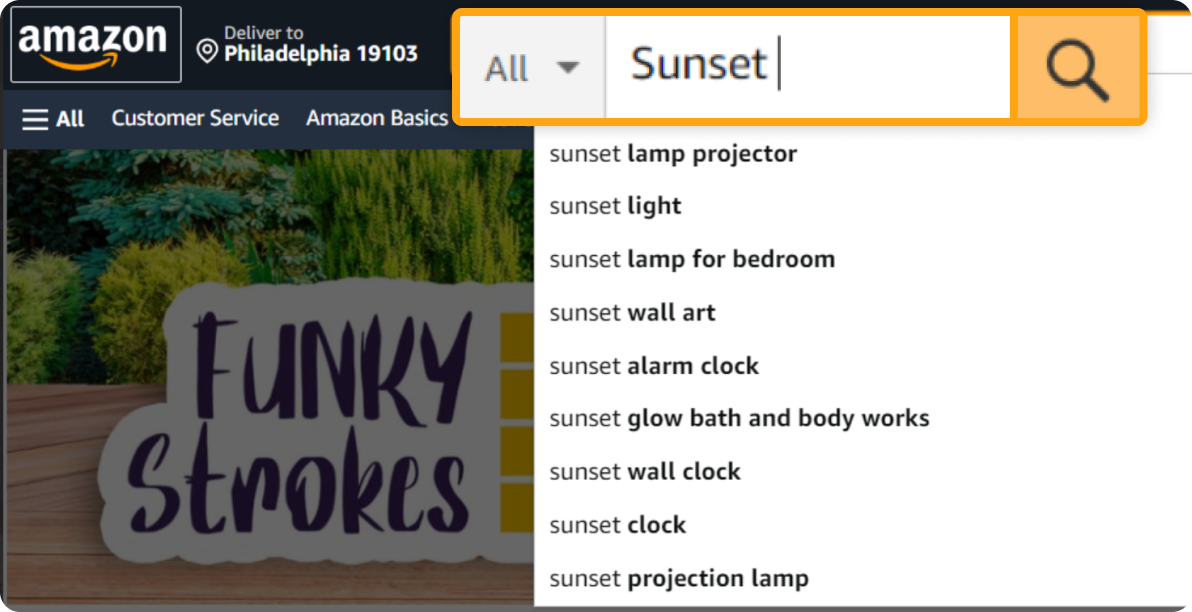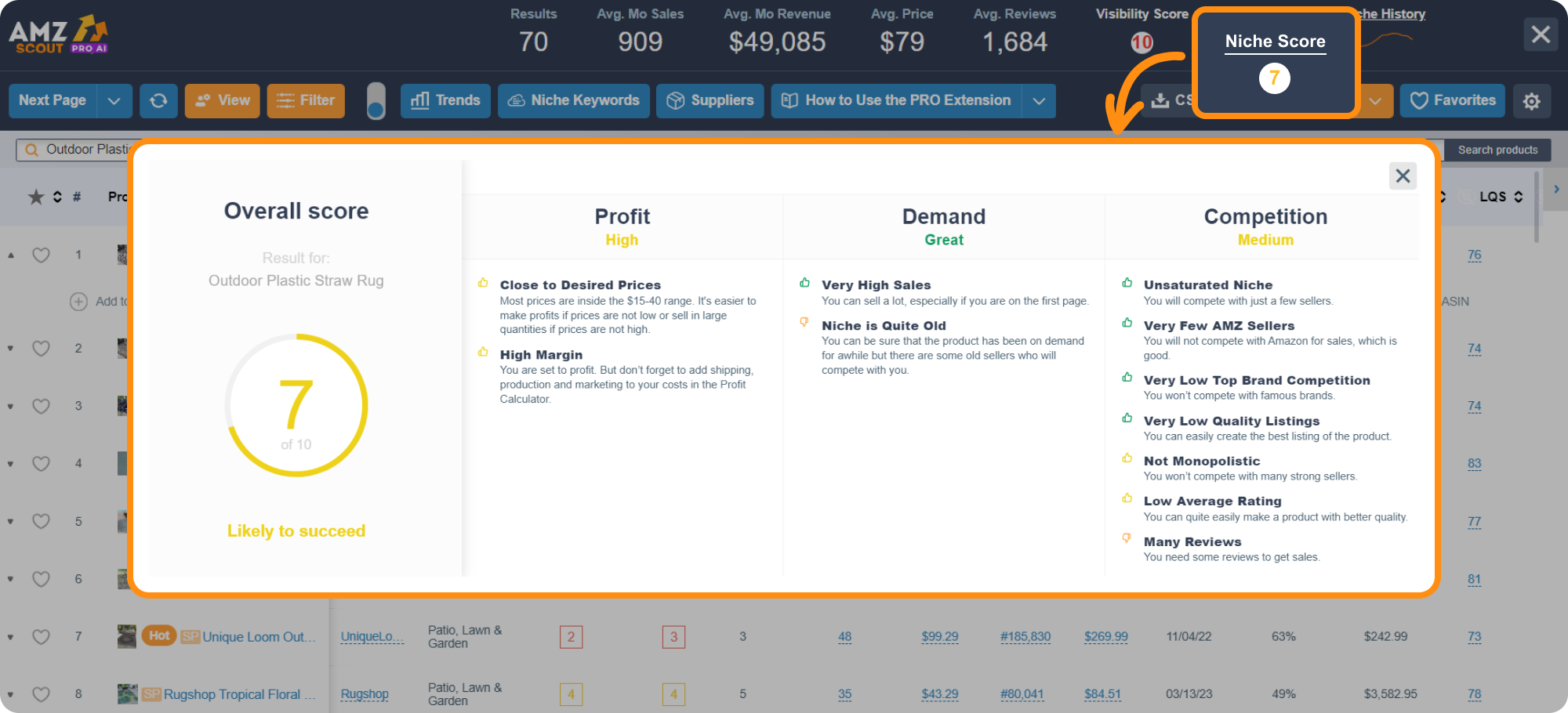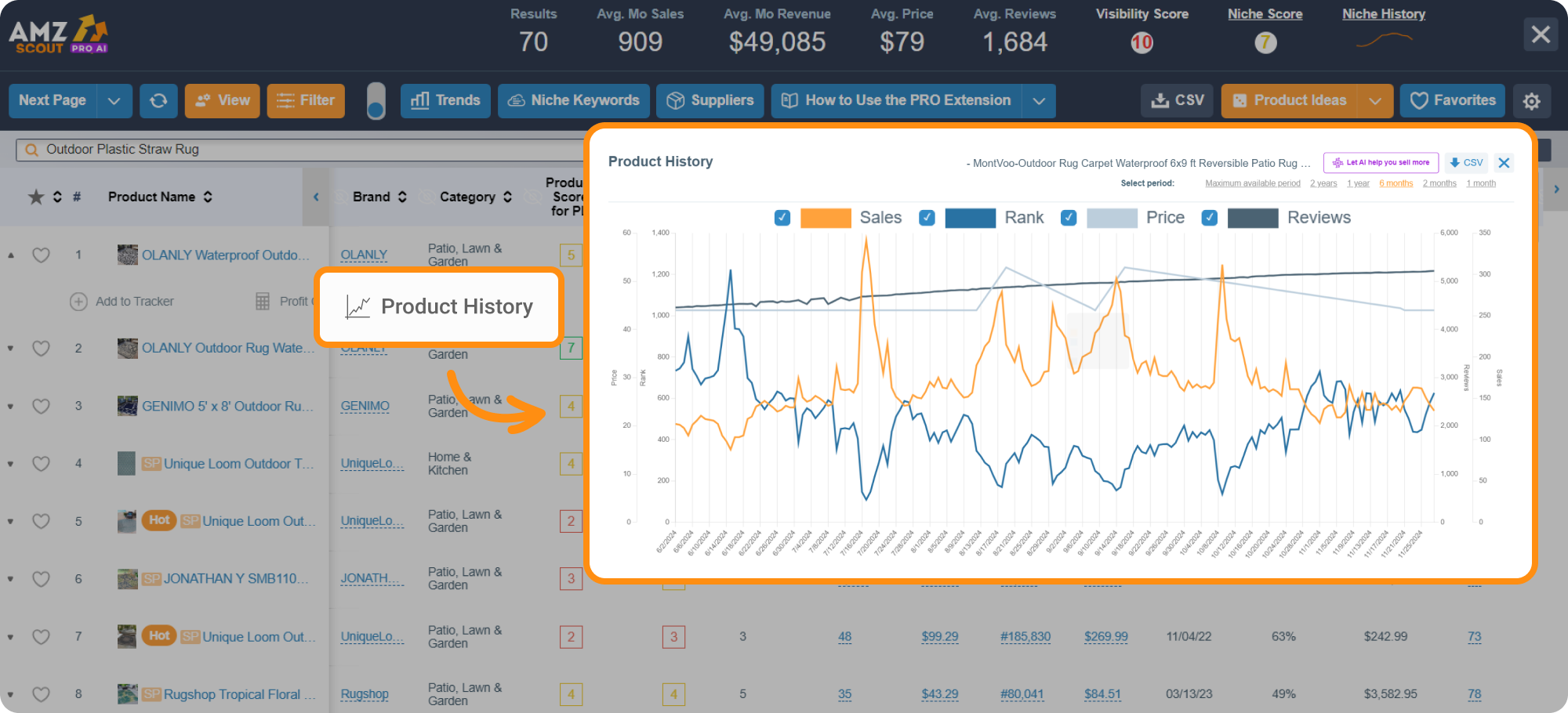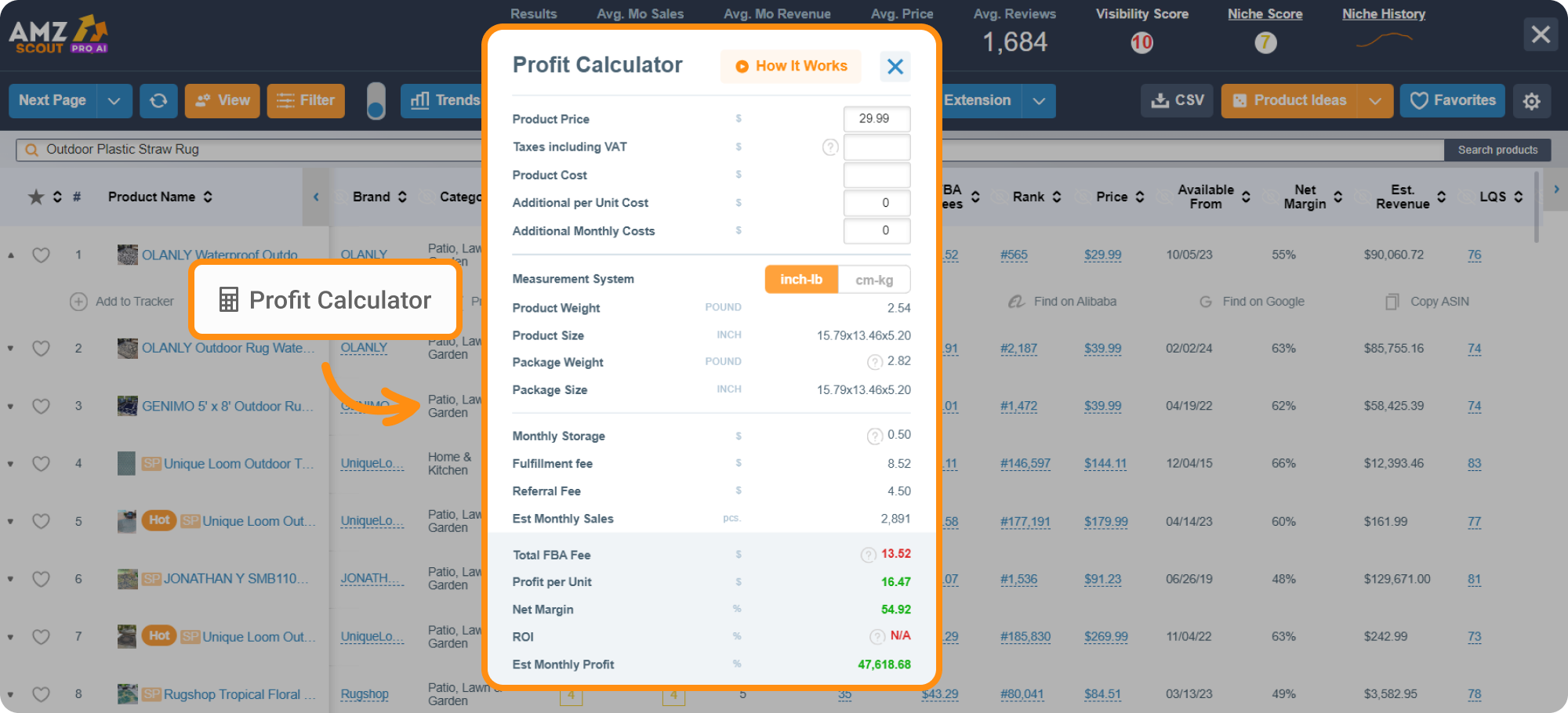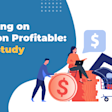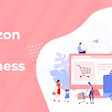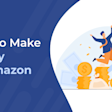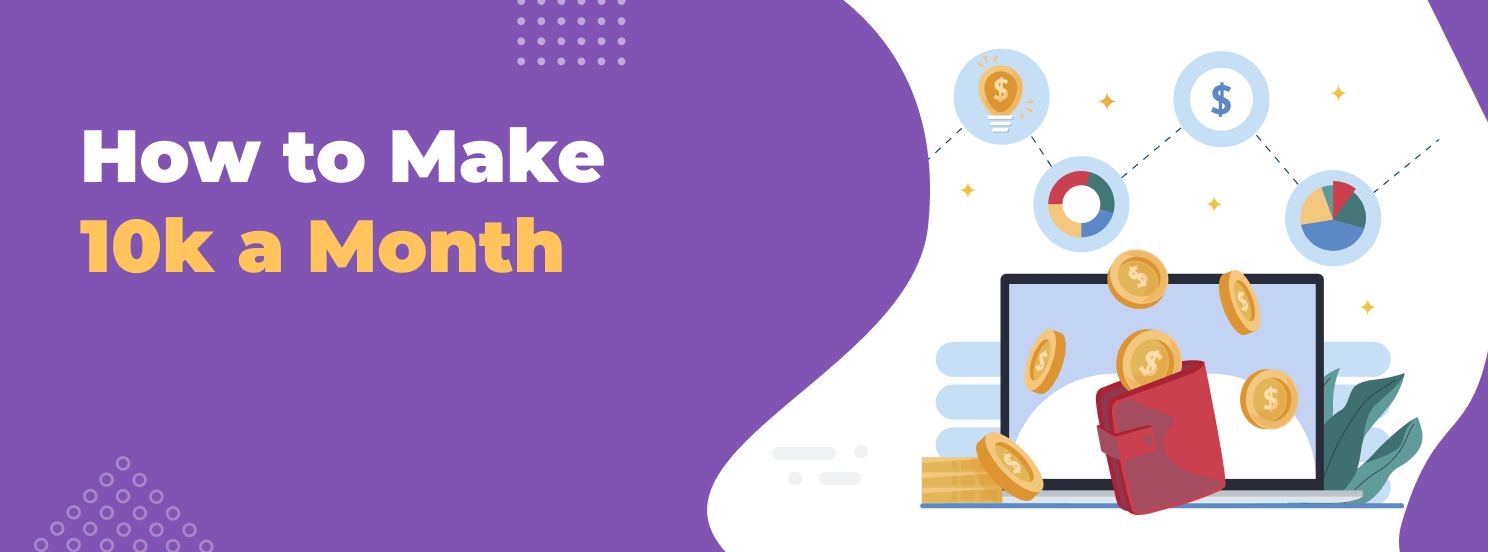
How to Make 10k/Month Online: An FBA Seller’s Experience
There are so many ways to make money, but not all of them are the right fit for everyone. I've personally tried out a few different methods myself and found one that brings me over $10,000 a month in passive income. I’d like to share my experience with you and show you the most reliable way to make $10,000 consistently each month.
Table of contents
Why You Can Trust Me
My name is Luke Wechselberger, and I’m a successful six-figure seller on Amazon. My business generates thousands of dollars through passive income, giving me freedom and independence.
However, before embarking on this venture, I worked part-time tirelessly to pay for my education. If I had continued on that path, I would have found myself working for someone else for a modest salary. But unfortunately when I broke my leg, I lost my job and decided to turn to opportunities to make money online.
My initial motivation was to help my family out financially, but making money wasn't the only factor. I also love to travel, and working online offers me the flexibility to earn income from anywhere, giving me more time to indulge in trips.
After doing lots of research, I stumbled upon Amazon FBA and started earning profits fast. Now, I’m also a mentor to aspiring entrepreneurs, and can confidently respond to my students' questions like, How can I make money?.
My Five Money-Making Ventures
As a creative individual, I've toyed with a few different ways to make money. Let's dive into each one and analyze their potential, benefits, and drawbacks.
Journalism
I studied journalism at Washington State University, juggling my studies while working at a restaurant. But when I broke my leg skateboarding, I could no longer continue that job, and I needed to find something that allowed me to work from home (or anywhere in the world). I realized that I could earn significantly more online without being confined to strict hours.
Initial Investment: On average, $20,000/year (depending on the university you attend).
Earning Potential: On average, $5,000 monthly.
Total Time Commitment: Eight hours/day, plus extra hours if needed.
Affiliate Marketing and Social Media Marketing
After my appearance on the TV show Temptation Island, I noticed a significant increase in my social media followers. This was a great opportunity for me to strengthen my brand and grow my audience, which eventually reached 18,000 followers. With such a substantial following, I decided to venture into affiliate marketing and earned $13,000. However, I realized I was essentially working for others' success, and I preferred to build my own fortune.
Initial Investment: Minimum of $500/month on ads.
Earning Potential: Typically $3,000- $10,000/month.
Total Time Commitment: High, as this entails searching for collaborations and preparing content.
Amazon FBA Private Label
Many people start an FBA business as a side hustle and leave their main job only when it starts to bring in a stable source of income. However, in my case, I intended for this venture to become my primary source of income from the start. I created my own brand and manufactured products to sell on Amazon. Once I identified the right product to sell and set up my business, it transitioned into a source of passive income.
Initial Investment: It depends on you how much money you decide to invest. Many people started out with around $1,000 to cover their initial inventory and ad costs.
Earning Potential: Usually, I make at least $10,000/month.
Total Time Commitment: Moderate, for product research.
YouTube channel
I began sharing content about my Amazon venture on YouTube, providing insights on how to make $10k a month online, etc. This content proved to be helpful to others, resulting in 22,000 subscribers and additional income.
Initial Investment: Minimum $10/day for ads.
Earning Potential: Starting from $1k/month.
Total Time Involvement: High, as this requires preparing content as well as significant expertise in the field, which involves both work and learning the trade.
Mentorship
After achieving success on YouTube, I decided to take on a mentoring role. I now teach aspiring entrepreneurs how to start their own Amazon businesses online, guiding them through the process. It's rewarding to see my mentees start generating income quickly and launching successful ventures.
Initial Investment: Requires expertise in your field and building a strong personal brand.
Earning Potential: On average, $1,000/week.
Total Time Involvement: Moderate, as this is a remote job with flexible hours.
My Top Money-Making Method
There are countless ways to make money and you can even combine them, as I have done with my Amazon business, YouTube channel, and courses for Amazon sellers. However, the key to my financial success has undoubtedly been FBA Amazon. I find this to be the best avenue to success because you don't need any formal training, a huge audience, or a large budget to get started.
On average, I make $10k a month on Amazon. Below, I'll discuss how you can generate similar profits in just 30 days by selling products on this platform.
How to Make 10k/Month with Amazon FBA
I utilize the Amazon FBA fulfillment method for my business. I start by sourcing products, then I list them on Amazon, and ship them to Amazon warehouses. Once a customer makes a purchase, Amazon handles all aspects of packing and ships the item directly to the customer, allowing me to enjoy the profits hassle-free.
Here is a detailed guide on how to make money and run a profitable Amazon business.
Step 1. Look for product ideas
If you want to make it big on Amazon, the most important thing is choosing the right product. When I first started out, I was blown away by the sheer number of products on the platform. I quickly realized that utilizing analytical tools was a must, so I turned to the AMZScout toolkit. This software helps you come up with great product ideas, assess their profitability, and find suppliers right away.
I use the AMZScout Product Database, which contains information about over 600 million products, for my research. This tool offers 16 filters to help sellers refine their searches. Typically, I utilize the following criteria:
Category: I don't have a favorite category, so I choose most of them (except Digital Music, Books, Electronics, and Automotive) because these are already very popular or may require extra documents, and I'm not really into paperwork.
Price Range: I look for products that cost between $39-120, so I can make a decent profit on each sale. Products that cost less might only generate a $5 profit/sale, which isn't very good, especially if there are price changes or unexpected things happen.
Weight: I sell products that weigh less than 3 lbs, as this helps me keep my shipping and storage fees down. I also opt for non-fragile items.
Estimated Revenue: I'm aiming for products with an estimated revenue of over $7,000/month, as I want to see solid profits fast.
You can also apply extra filters based on your own personal preferences. Once you complete this step, you'll get a list of products that meet your requirements. But don't stop there! It's also really important to do some more research to make sure that the product you choose will help you achieve your business goals. Let's proceed to the next step.
Step 2. Evaluate the potential of the niche and the product
An individual product's success can depend on various factors, such as a strong brand presence, lots of advertising, pure luck, and more. Evaluating the niche alongside competitors is crucial in order to ascertain its profitability. To help me with this step, I use the AMZScout PRO Extension, which has loads of helpful data, including information about the niche, sales history, and more.
Here's how I perform this analysis:
1. Install the AMZScout PRO AI Extension.
2. Search for a product on Amazon. I enter a product name that I copy from the Product Database into the Amazon search field.
3. Open the PRO AI Extension. I click on the icon in the upper right-hand corner of the page and start my research.
4. Check the niche performance. I always evaluate two parameters, which are also located in the upper right-hand corner of the page:
Niche Score: I try to only select niches with a score greater than 8, which means high demand, low competition, and good potential for profits. There's always additional text with an explanation for why this niche has received this score, which is really helpful.
Niche History: I usually assess a visual graphic that shows the numbers of sales over the last year to ensure that the trend is stable or growing, indicating good sales potential.
5. Assess the product’s performance. If the niche seems like a good bet, I select the item that interests me most from the list of results on the page and, under that, I click the Product History button. This will take you to the sales data for that specific product. I always look for a positive trend without any sharp fluctuations.
6. Check the profit per unit. My students often ask me how to calculate profit. The Profit Calculator tool, located under any product displayed in the search results, is really easy to use. It automatically deducts FBA fees from the profit and other costs you enter. If an item doesn't double my investment, it's not worth my time.
When you're passionate about a product, it can be really easy to get carried away, but if you don't conduct proper research, you could end up losing money. So if you want to have a profitable business, use the AMZScout toolkit to help you identify high-margin goods that will allow you to earn money and invest in effective product offer expansion and marketing.
Without thorough marketing strategies, your product will get lost among its competitors. In the next section, you'll find a guide on how to stand out and differentiate your product.
Step 3. Create a unique offer
It's so important for your listing to stand out from those of your Amazon competitors and capture the attention of your target audience! To do this, you need to offer something unique or of higher value than what your competitors provide.
While there are numerous strategies for differentiation, I will focus on two specific approaches. Let's delve into them.
Bundles
Offering products in bundles is a great way to sell more products at a higher profit. A bundle is made up of two or more complementary items (like a self-care set that includes soap, oil, a loofah, and body lotion). This enables you to sell more products at once while giving your customers added value at a lower price point.
I often use the Frequently Bought Together section on Amazon to help me find items that go well together. Once I find some, I use the AMZScout PRO Extension to make sure they're profitable. Offering bundles is a real win-win strategy for both the seller and the customer.
Branding
Promoting a private-label product requires diligent attention to branding. A strong brand fosters customer loyalty and allows for premium pricing with a competitive advantage. Here are some of the ways I promote my product brand:
Check competitors’ reviews. By reading the negative reviews of competitors, you can understand what to improve about your own product or customer service.
Create A+ content. This includes using high-quality images and videos to show off your products in the best way possible, which helps to engage customers and get them to buy your item.
Optimize your product listing. Include relevant keywords and address common customer queries by providing clear and concise answers in your listing.
Once you decide on a product idea and set up your promotional strategy, it's time to start sourcing your product. Here are some tips for working with suppliers to make the process as easy as possible.
Step 4. Get the best price at the highest quality
When it comes to sourcing high-quality products from reliable suppliers at a low cost, Alibaba is my go-to platform, due to its vast selection and competitive pricing.
I've never been scammed, since I followed these steps:
Use the ‘Verified Supplier’ feature. Alibaba offers a ‘Verified Supplier’ feature, which filters out unreliable companies and showcases only trustworthy ones.
Verify the organization type. When you’re assessing potential suppliers, be sure to check their company profile. Choose suppliers who are labeled as "manufacturers" to help you cut out the middlemen, save money, and avoid any delays.
Once you've compiled a list of trustworthy suppliers, it's time to initiate negotiations. I suggest the following steps:
Reach out to at least 10-15 suppliers so you have a good mix of offers to compare.
Share quotes from other suppliers with your chosen supplier to negotiate potential discounts or improved terms.
Insist that ordering in bulk should entitle you to more favorable conditions and pricing.
Establish a friendly rapport with suppliers to help ensure smooth negotiations.
This approach lays the foundation for a successful and mutually beneficial partnership.
Results
After implementing these steps, you'll begin to see sales come in. Here are a few examples of success stories from other students who have taken my course on how to sell on Amazon and applied my recommendations. Check out these screenshots below:
Harry sells eight units/day, bringing in $1,357, which totals more than $7,000 a week.
Brian earns $5,000/day. He has built two six-figure brands in just 12 months.
Aaron makes over $60,000/month and over 20 sales/day.
These results prove that identifying the right product using the AMZScout toolkit and following my strategic approach can lead to significant success on Amazon.
Conclusion
I truly believe that selling on Amazon is one of the best ways to earn money, because even with a modest investment, you can turn a profit relatively quickly. Even though not everyone succeeds on Amazon, following my guide and using the AMZScout toolkit can pave the way to a stable Amazon business. Once you've got it automated, this business model can really pay off in terms of passive income. Amazon FBA will help you generate a profit, allowing you to combine your own profitable business with a relaxed lifestyle.

